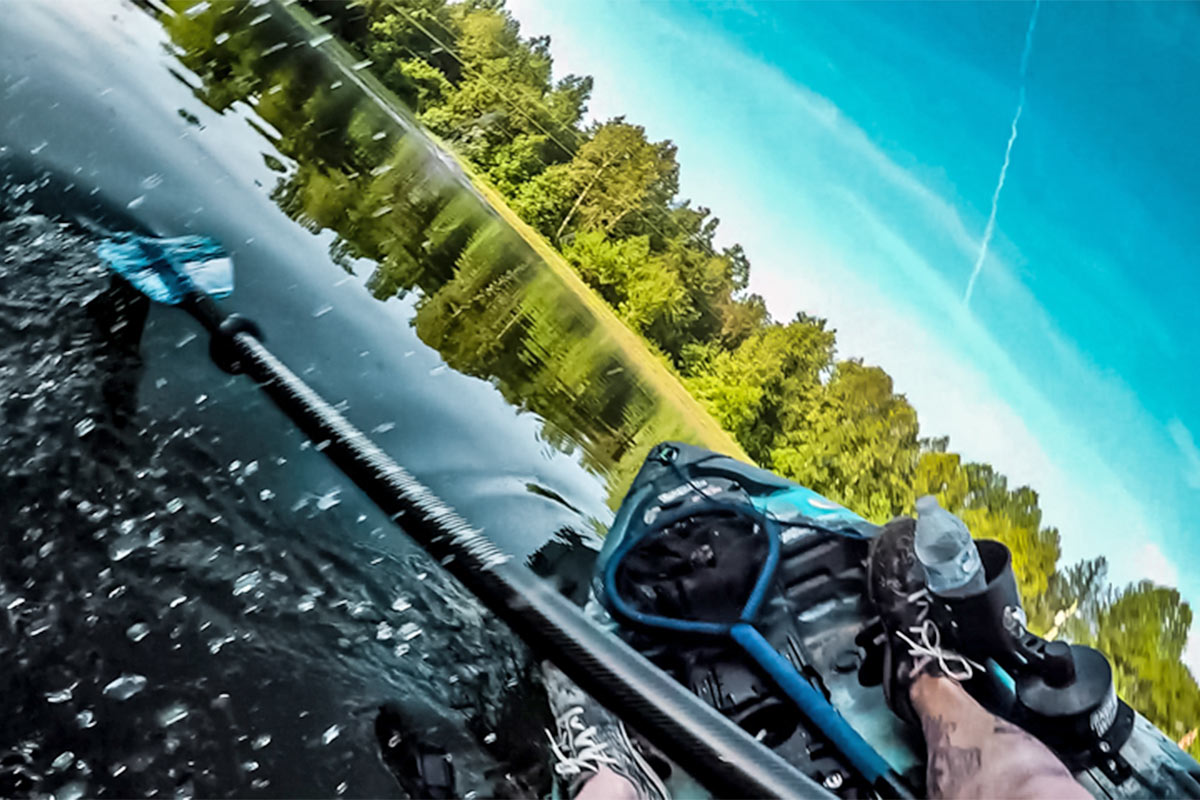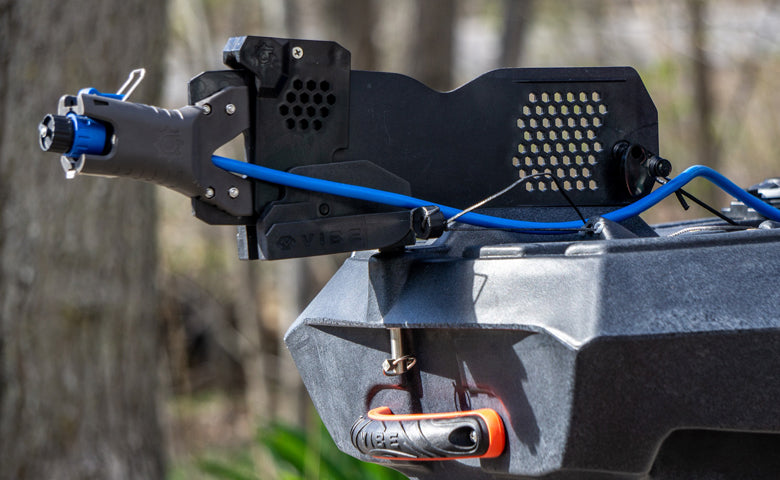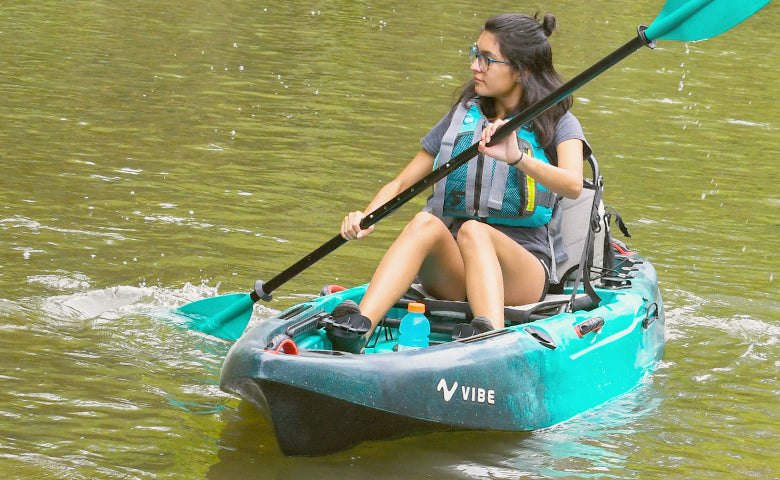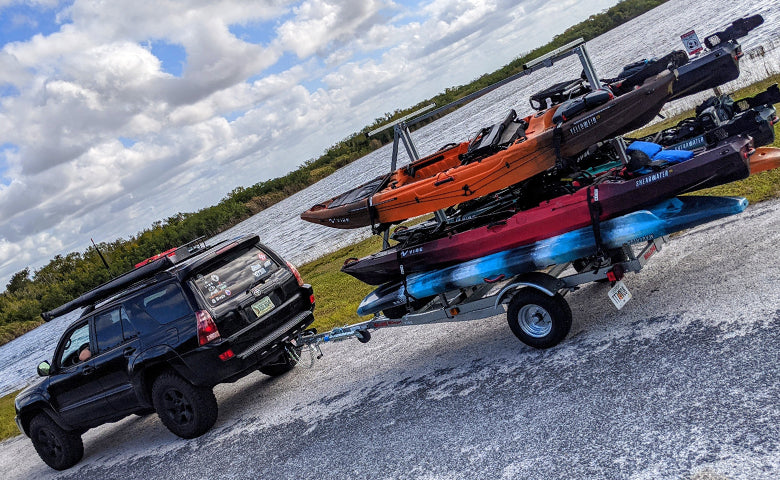How to Reenter a Kayak on the Water

At some point, no matter what type of fishing kayak you have, you are going to flip. A flip might be caused by strong currents, or winds, or due to wake and waves from a motorized boat. A sit-on-top fishing kayak is always the safest and easiest kayak if you do end up capsizing, because a sit-on-top kayak is self bailing, and will not swamp with water as easily as a sit-inside kayak and you can more easily get a hand on it to keep yourself above water.
No matter what type of fishing kayak you're in, wearing a life vest or personal floatation device (PFD) is always smart and can save your life. Not wearing a PFD will make it even more difficult to be safe if weather or waves are bad, and to get back to shore if you can't reach your kayak.
To get back on your flipped kayak, first of all, don't panic. Panicking will tire you more quickly and make it tougher to remember how to get your flipped kayak back upright.
Position yourself in the water next to the middle of the kayak where the seat is underwater. Reach across the flipped kayak to the other side and grab the edges the kayak with both hands.
Now use your weight to pull towards you, and you can use your knees against the part of the kayak nearest you to get more leverage. Your kayak should now flip over and be the correct way up. If you have a sit-on-top fishing kayak, the water in the kayak will drain away through the open scupper holes in the bottom of the boat.
Now find your paddle and secure it in the boat. Let your legs come to the surface behind you, then pull yourself over your seat on your abdomen. Make sure you are stable before moving any further. Now is a good time to catch your breath, the hard part is over.
Now that you are stable and on your seat, roll yourself over so that your butt's in the seat and your legs are in front of you. You're now ready to start paddling again. Collect any gear that may have come loose and make sure you get to shore to drain any water that got into your hull through your hatches and ports.
Practicing these techniques will make you more confident on the water, knowing that you can take care of any situation that might come up is great peace of mind.
Photo By: Jeff Bryan Hotz




